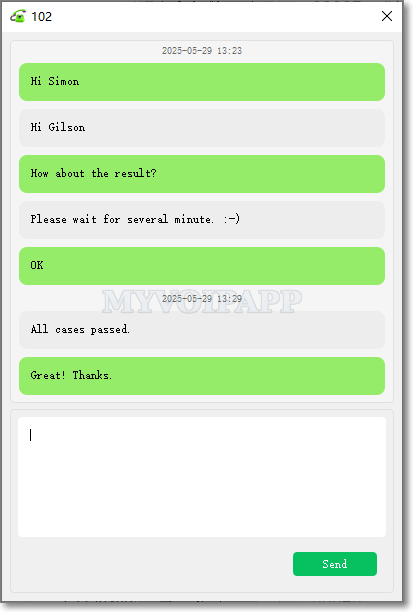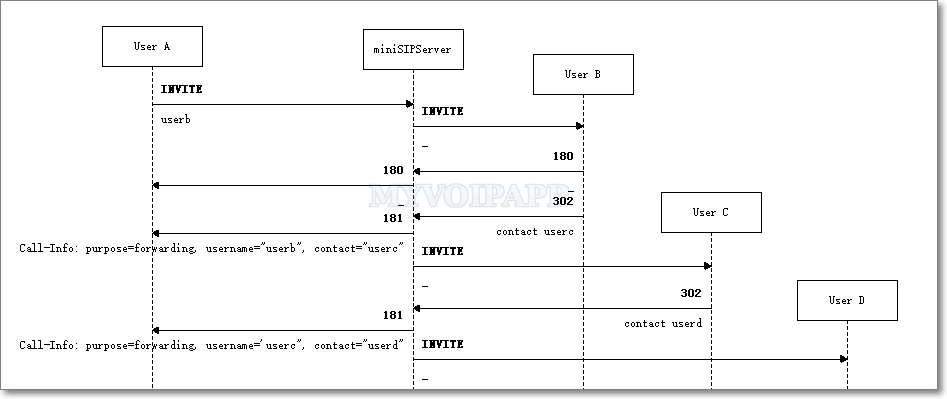miniSIPPhone supports SIP over TCP/TLS
Yes, we upgrade miniSIPPhone. Again!
miniSIPPhone V10.10 can support SIP over TCP and TLS now. In the account configuration, there is a new item ‘Transport’ to indicate which transport should be used to connect to SIP server.

If SIP is over TLS, the messages are encrypted. It is quite necessary for enterprise communication if the servers or clients are deployed in public networks. As we know cloud miniSIPServer can support SIP over TLS and all virtual servers are deployed in the public network, so if you deploy miniSIPPhone at the same time, it could be safer for the whole VoIP network.
Of course, miniSIPPhone can work with other SIP servers who can support SIP over TCP/TLS to build a complete and safe enterprise VoIP system.







